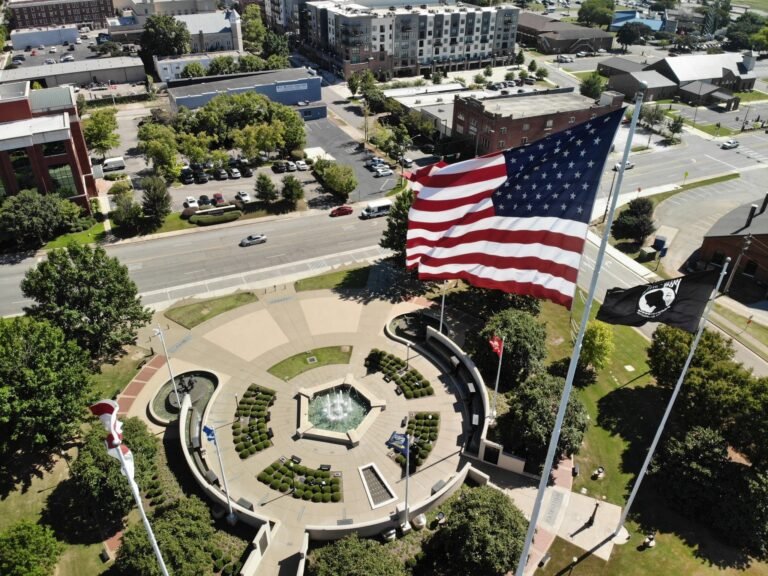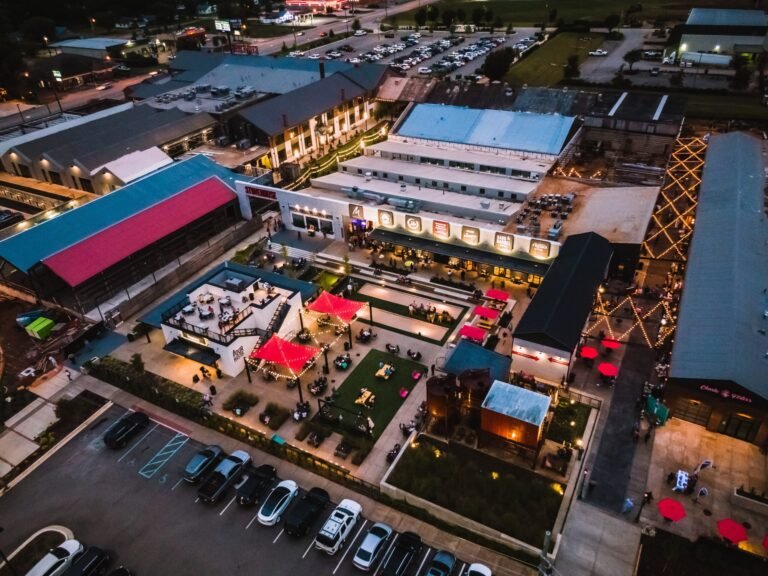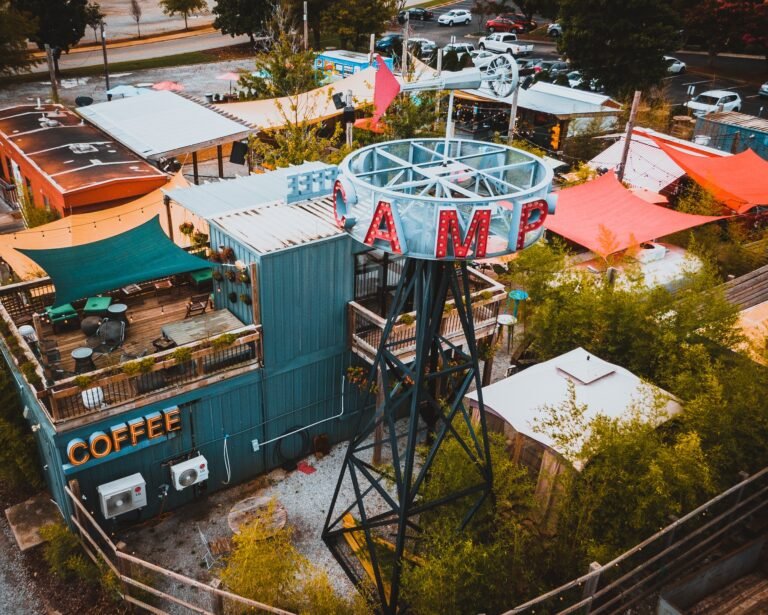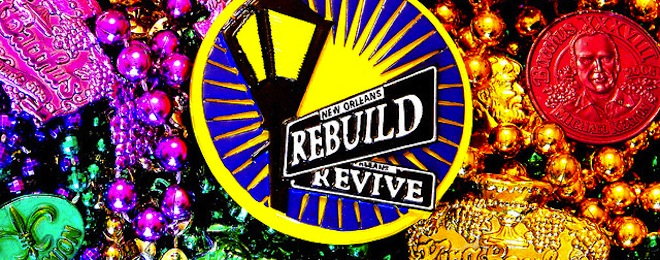 Mardi Gras, which is French for Fat Tuesday, is celebrated the day before Ash Wednesday when Lent begins. Lent is a time of sacrifice for Catholics, but before commencing, one last hoorah is held. But why only celebrate one day when you can celebrate for weeks?
Mardi Gras, which is French for Fat Tuesday, is celebrated the day before Ash Wednesday when Lent begins. Lent is a time of sacrifice for Catholics, but before commencing, one last hoorah is held. But why only celebrate one day when you can celebrate for weeks?
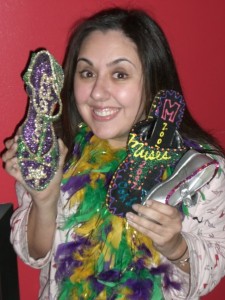
Season of Celebration
The season, which begins on January 6, is called Carnival. During Carnival there are many celebrations including balls, krewe presentations and parades, which all culminate on Mardi Gras.
The parades start in the Garden District and make their way to the French Quarter, but the atmosphere is completely different. The French Quarter has its party-hard revelries while the festivities in the Garden District are much milder and family-oriented.
Party with the French
The French Quarter is synonymous with Mardi Gras festivities. Here, you will see the full extent of celebrations with all the fun and craziness that come with it. Be sure to get there early if you want to get a good spot for watching the parades; some people even camp out the night before for the best spots.
You can also get a prime spot in one of the area’s paid stands, but be sure you reserve your spot early because these sell out quickly. After the parades are over it’s just a short walk to Bourbon Street where the partying continues.
Beads, Beads, Beads
There is an art to collecting the most throws without having to resort to non-PG-rated options. To sound like a true New Orleanian shout “Throw me something, Mister!” as the floats approach.
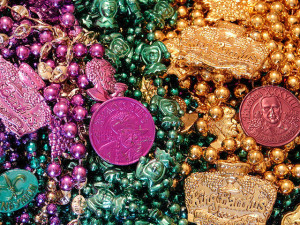
Costumes are allowed – and encouraged. In fact, if you want some of the prize throws from each Krewe, a unique costume will be sure to gain Krewe members’ attention. Signs are also a great way to get riders to toss some extra throws your way. Clever, flashy posters will help you get that edge over all the other parade goers.
Did you catch too many beads and don’t know what to do with them all? Well don’t throw them in the trash because there are many charitable organizations that will take them.
The Arc of Greater New Orleans provides opportunities for people with intellectual disabilities to develop and live to their fullest potential.They solder any broken beads together and repackage all the beads for resell. You can find many drop-off locations throughout the city including schools and libraries. It’s not only a good deed, but also the green thing to do.
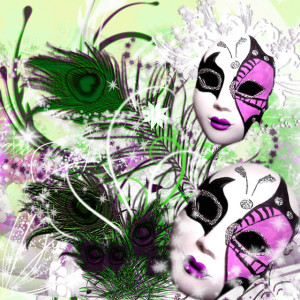
Tips for Families
If you plan on going to Mardi Gras as a family, the Garden District is ideal, with its oak tree-lined streets of St. Charles acting as a beautiful backdrop for the floats. If you have small children a great tool to get is a parade ladder. These ladders are easy to transport and will give your children a bird’s eye view of the parade.
Hand them a fishing net and watch how much fun they’ll have trying to catch beads, stuffed animals and other fabulous throws. The ladders also help krewe members riding on the floats see the kids so they’ll be sure to throw more goodies their way.
How to Prepare
To fully enjoy Mardi Gras, one must come prepared. Chairs will make the wait for the parades much easier. Be sure to pack plenty of refreshments. New Orleans has no open container laws, so you are free to drink what you please as long as there are no glass bottles. So pack up a cooler, which can also double as a seat while you wait for the parades. Anti-bacterial wipes are also great because while you will find port-a-potties along the route, sinks are not as easy to come by.
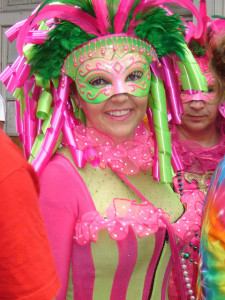
Carnival officially ends at the stroke of midnight on Fat Tuesday where mounted police officers clear the streets. They are followed by a parade of street cleaners, which ends Carnival and signifies the beginning of Lent.
Carnival season is a fabulous time to spend in New Orleans. Just remember… Let the good times roll!!! Or as they say in New Orleans…. Laissez les bon temps rouler!!
Mardi Gras Vocabulary
You’ll sound like a true local if you master this Mardi Gras vocabulary!
- Den: the secret warehouse where parade floats are built
- Doubloons: metal coins with the Krewe’s insignia that are thrown from the parade floats
- Flambeaux carriers: The role of the flambeaux carriers dates back to early years when floats had no electricity on board. The flambeaux carriers carried torches alongside the floats to light them, and in appreciation parade goers would throw money for them. The tradition of throwing money to them continues today and the more money they are showered with, the more they will put on a show by dancing.
- King Cake: the official cake for Mardi Gras. Each King Cake has a small plastic baby baked into it and the person whose piece has the baby is supposed to buy the following year’s King Cake and will have good luck for the year.
- Krewe: a private group that organizes a parade and/or ball
- Throws: items tossed from the parade floats. Some parades have a prize throw where each riding member only has a few of these prizes. These are much more difficult to get and highly valued.
About the Author
Sara grew up in Huntsville and lived in New Orleans while attending Loyola Law School where she acquired the nickname “Legally Brunette” because of her love of all things pink and dressing-up her dog, who is much, much cuter than Elle’s.
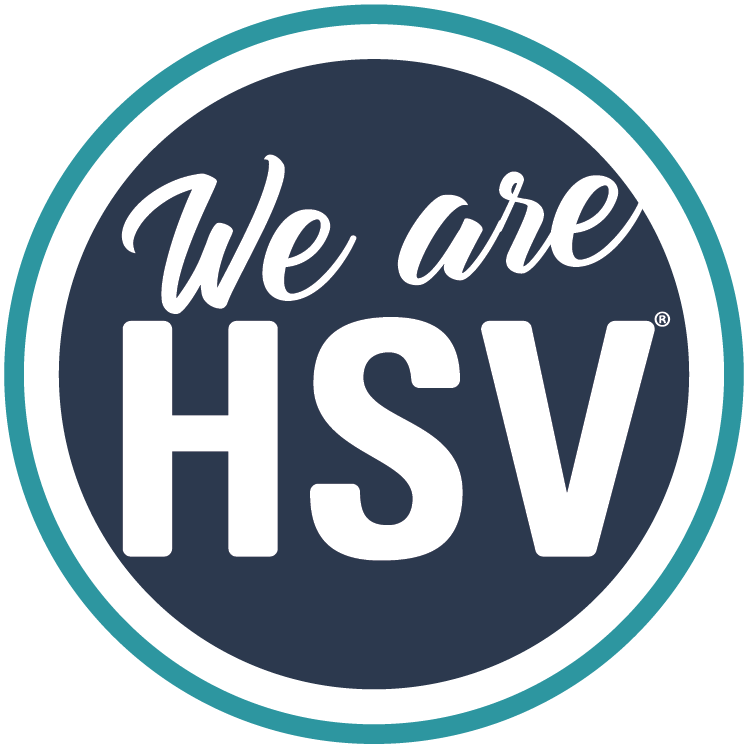
Guest blogger for We Are Huntsville. Are you interested in writing a post for our site? Email katelyn@wearehuntsville.com.

